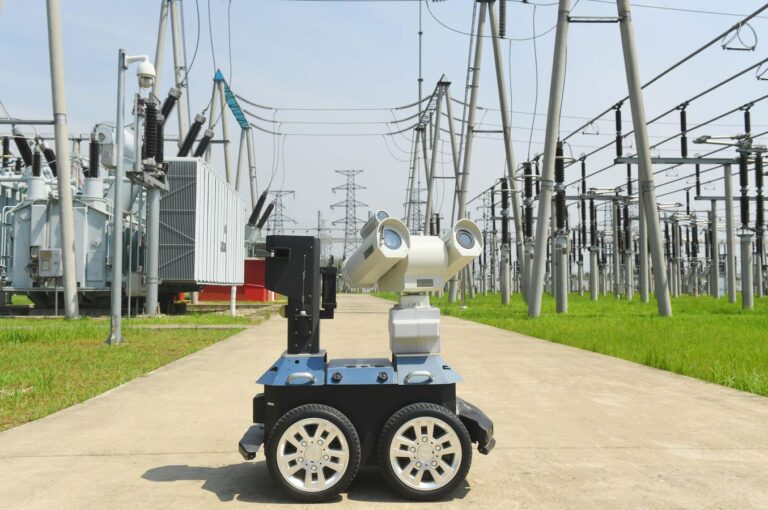CHUZHOU, CHINA – AUGUST 07: A robot inspects equipment at a 220kV power substation … [+]
There is a disconnect between the rapid development of generative artificial intelligence (think Chat GPT and others) and the needs of the energy sector. While these tools are already improving our productivity at work or in the classroom, we have also become accustomed to “hallucinations,” when the algorithm gives us an absurd answer. When it comes to keeping our lights on or running our hospitals or defense systems, hallucinations cannot be accepted.
That’s why, in our report on new power systems, we argue that AI is overhyped in the short term and underhyped in the long term – a phenomenon called Amara’s Law. This is not to say that AI is new to the energy sector: it has been in use for three decades, but the rise of generative AI has raised expectations beyond what it can deliver in the immediate future.
A recent study found a huge increase in the number of new academic papers and research on AI in the energy sector, with around 25,000 publications each year. The research areas are telling. Most papers focus on the downstream side of the electricity system rather than the transmission and generation side. This reflects where the complexity lies. AI is already helping us make sense of the swathes of data produced by sensors to improve demand response. However, the upstream potential is less exploited and therefore less certain.
The transformative power of AI is needed for an electricity system that faces many challenges. The global electricity system is already the most complex ever built by humanity and now faces additional challenges such as more distributed and variable generation, storage management, vehicle integration into the grid, skills shortages, extreme weather, and cybersecurity threats.
The question is how to deploy AI with an acceptable level of risk. It therefore becomes essential to understand both the (conventional) risks related to the energy sector and the new risks specific to AI. A systems approach is more important than ever. For example, a diesel car was once a one-way energy source, but the rise of electric vehicles means that electric vehicles can become an extension of the grid, their batteries sending energy back to the grid when needed. At the other end of the grid, the introduction of hydrogen will pose new questions – such as when to produce it and how to use it – for traditional transport providers. Both of these examples require strong collaboration across traditional company or even sector boundaries.
How an AI solution interacts in this complex environment—and the associated legal, ethical, and technical challenges—requires a very thorough risk analysis. Much of this risk can be negated by a rigorous assurance process. A third party can assess whether the data fed into an algorithm is correct or whether the claims made by a digital twin are true. And while innovators often favor forward-thinking, upgrading assurance processes after a product is designed is much more difficult than when it was considered from the beginning, increasing the risk that the system will malfunction.
There will be no energy transition without electrification. It is therefore imperative that players in the electricity system use the technologies at their disposal to keep the electrons flowing. Once the hype around generative AI has died down, the electricity sector will need to remain focused on how it can help understand the complexity of the grid.


